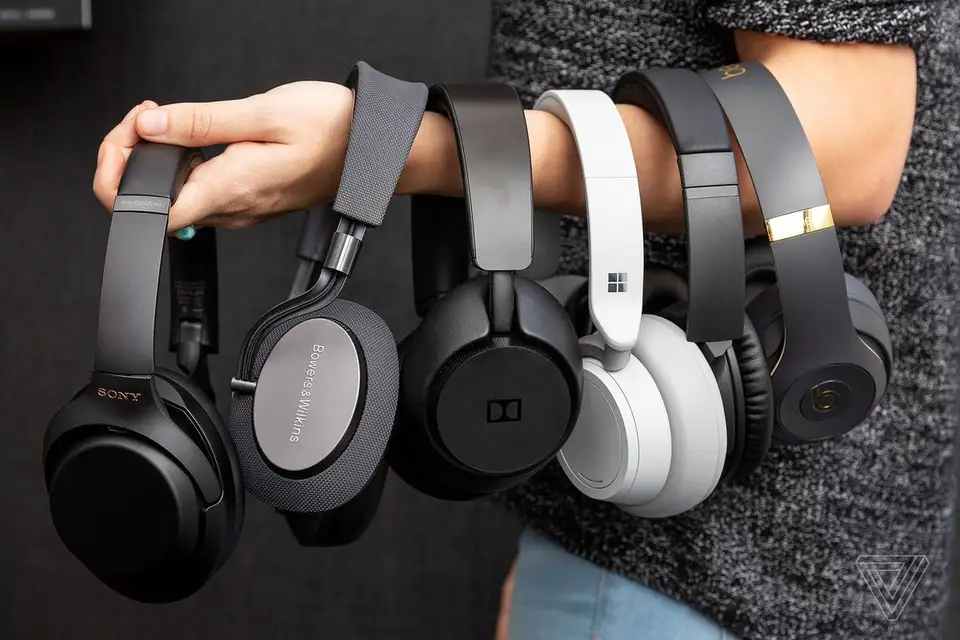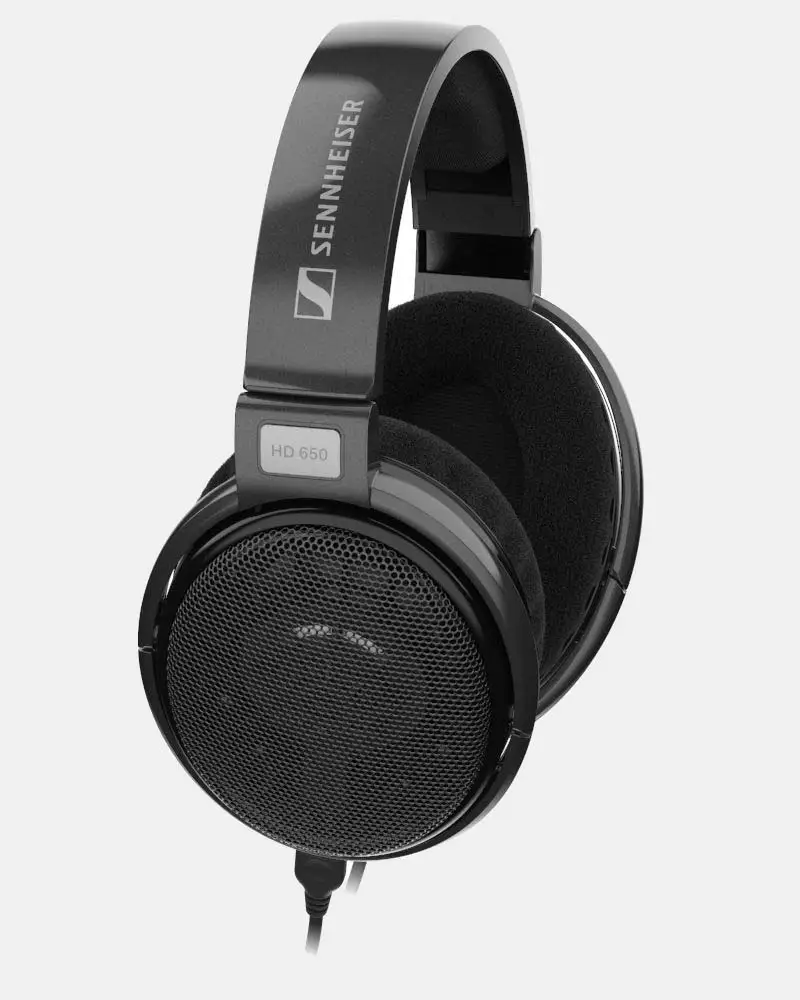Mastering Adobe Spark: The Ultimate Guide for Creatives
In an era where visual content reigns supreme, Adobe Spark has emerged as a go-to tool for creators seeking to produce high-quality graphics, videos, and web pages.
Loading...

In the world of video production, audio quality is just as important as visuals. When editing video, especially using professional software like DaVinci Resolve, having the right editing studio headphones is key to ensuring clear and accurate audio.
Studio editing headphones are specially designed to provide detailed sound reproduction, allowing editors to hear every nuance and detail of the audio in their videos. This article will discuss the importance of studio editing headphones in the editing process in DaVinci Resolve, what to look for in an ideal pair of headphones, and some of the best recommendations you can consider.
Studio editing headphones are audio devices specifically designed for monitoring and editing audio in a studio environment. These headphones typically have a flat and accurate frequency response, resulting in clear and undistorted sound reproduction.
Studio editing headphones are primarily used by professionals in the music, film, and video industries, including sound engineers, video editors, and music producers. Those working with DaVinci Resolve, professional video editing software, also highly require these headphones to ensure audio quality in their projects.
Studio editing headphones are used during the audio editing and mixing process, whether in the post-production of films, music videos, or other content production. Whenever high accuracy in listening and evaluating audio quality is needed, these headphones are essential.
Studio editing headphones are used in various professional work environments, from recording studios and video editing rooms to film production sets. They can also be used at home by content creators who desire high-quality audio output.
Using studio editing headphones is crucial to ensuring that the produced or edited audio is of high quality and accurate. This is important to detect and correct errors, ensure proper audio balance and blending, and provide an optimal listening experience for the audience.
Choosing the right studio editing headphones involves several considerations such as frequency response, sound isolation, comfort, and durability. After selecting the right headphones, users must connect them to their audio device or computer, ensure proper audio settings in the editing software, and start using them for audio monitoring and editing.
Ideal studio headphones should have a flat and wide frequency response. A flat frequency response means the headphones do not boost or reduce certain frequencies, resulting in very accurate and honest sound. This is crucial for audio editing and mixing as it allows the editor to hear every sound detail without distortion.
Frequency Range: The ideal frequency range usually ranges from 20 Hz to 20 kHz. The low frequencies (bass) should be clear without being overwhelming, the mid-range frequencies should sound balanced, and the high frequencies (treble) should be bright without being harsh.
Good sound isolation is essential in a studio environment to prevent outside noise from interfering with the editing process. Headphones with a closed-back design usually offer better sound isolation compared to open-back or semi-open-back designs.
Type of Isolation: The closed-back design completely covers the ears, minimizing sound leakage in and out. This is very useful in situations where the editor works in a noisy environment or needs full concentration.
Audio editing can be a long process, taking hours, so comfort is a crucial factor. Comfortable headphones allow users to work for extended periods without feeling tired or in pain around the ears and head.
Comfort Factors: Comfort features include soft and thick ear pads, an adjustable headband, and a lightweight design. Ear pad materials can be memory foam or velour, which add comfort and reduce pressure on the ears.
Studio headphones are often used intensively, so durability is an important factor. Headphones made from high-quality materials and with a sturdy design will last longer and be more resistant to wear and tear.
Materials: Materials such as hard plastic, metal, and synthetic leather are often used to enhance durability. Joints and cables should also be strong and durable, considering frequent use and movement.
Impedance and sensitivity are technical specifications that affect headphone performance. Suitable impedance ensures that the headphones can work well with various audio devices without needing an additional amplifier.
Impedance Details: The ideal impedance for studio headphones is usually between 32 ohms to 80 ohms for use with standard computers and studio equipment. Headphones with higher impedance may require an amplifier to achieve optimal volume.
Sensitivity: Sensitivity is measured in decibels (dB) and determines how loud the sound produced by the headphones is at a certain power level. Good sensitivity ensures sufficient volume without distortion.
A long and sturdy cable provides flexibility and convenience when moving around the studio. Detachable cables also make storage and replacement easier if the cable gets damaged.
Type of Cable: Spiral cables are often more flexible and less likely to tangle than straight cables. Cables coated with durable materials, such as nylon, are also more long-lasting.
Studio headphones must be able to reproduce sound very detailed, so every element of the audio mix can be heard clearly. This includes the ability to capture fine details such as vocal breath, instrument chimes, and room reverb.
Technology: Technologies such as neodymium drivers or planar magnetic can enhance the detail and clarity of the produced sound.
An ergonomic design ensures that headphones can be worn for a long time without causing discomfort or strain. This includes earcup shapes and sizes that fit the shape of the human ear.
Ergonomic Features: Foldable headphones or those with rotating earcups can add comfort and ease of storage.
Studio headphones should have neutral acoustics, meaning there is no emphasis on certain frequencies. This is important for getting a true sound representation and ensuring that the produced mix will sound good on various audio devices.
Testing: Many studio headphone manufacturers conduct rigorous acoustic testing to ensure their products meet sound neutrality standards.
By considering all these factors, you can choose studio editing headphones that not only meet technical needs but also provide the comfort and durability required for high-quality audio editing work.





Choosing the right studio editing headphones can make a significant difference in your audio editing and mixing process. The recommendations above offer a range of options to suit different needs and budgets, ensuring you can find the perfect pair to enhance your work in DaVinci Resolve.
Choosing the right studio editing headphones is crucial for achieving high-quality audio production. Studio editing headphones are specifically designed to provide a flat and accurate frequency response, allowing editors to hear every detail and nuance in the audio. Good sound isolation, comfort, durability, and detailed sound reproduction are also essential specifications for ideal studio editing headphones.
The recommended studio editing headphones in this article, including the Sony MDR-7506, Audio-Technica ATH-M50x, Beyerdynamic DT 770 PRO, Sennheiser HD 650, and AKG K240 Studio, offer excellent sound quality, comfort, and durability. By choosing one of these top recommendations, you can ensure that your audio editing process in DaVinci Resolve is efficient and effective.
How puzzling all these changes are! I'm never sure what I'm going to turn into a tidy little room.
In an era where visual content reigns supreme, Adobe Spark has emerged as a go-to tool for creators seeking to produce high-quality graphics, videos, and web pages.
Pillar content and skyscraper content are two content creation strategies that are often used in digital marketing and search engine optimization (SEO) efforts.
TikTok has become one of the most popular social media platforms in the world, with millions of videos uploaded every day.


